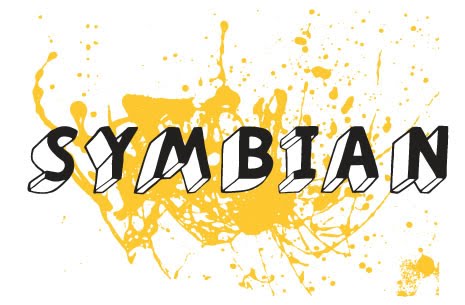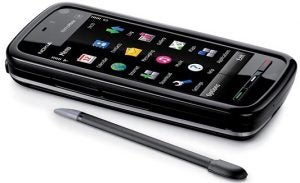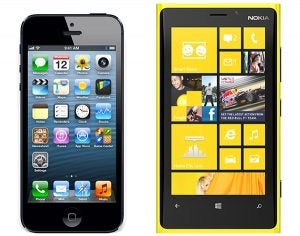RIP Symbian: The Cautionary Tale of a Fallen Giant

Touchscreen Torture
In short Symbian never recovered. Developers were not prepared to throw out its considerable legacy software in order to rebuild the operating system around touch. The first touchscreen Symbian handset, the 5800 XpressMusic (below), didn’t launch until late 2008. The changes it made were superficial, in the vein of the skins applied to Microsoft’s equally troubled Windows Mobile platform, performance was sluggish and it bombed. Symbian was stuck and while the likes of Motorola and Sony Ericsson looked to jump ship, poster boy Nokia was determined to go down with it.

Nokia shelled out €264m to buy Symbian later that year then gave it away to create the non-profit ‘Symbian Foundation’. This remarkable gesture of goodwill attempted to unify an OS increasingly fragmented by handset maker’s desperate attempts at customisation and to refocus resources on its core evolution. The attempt was noble, but the fact it took until mid-2009 to launch was a further hammer blow at a time when Google’s Android had joined Apple’s iOS in exploiting the software vacuum at the heart of the smartphone sector.
The Moment of Realisation
By the end of 2010 Nokia wound up the Symbian Foundation, once again taking the OS in-house, but by February of 2011 it finally realised mutual sinking was daft. It announced a partnership with Microsoft to adopt the newly reinvented Windows Phone and left Symbian to die a slow death. Such was the passion for the platform Nokia saw legions of software developers walk out on strike – especially as the move also put Meego to the sword, the promising OS from Nokia’s fledgling partnership with Intel. Nokia had been too loyal for too long then dropped all premise of loyalty when it finally looked death in the eye.

History Lessons
History tells us Nokia should have moved faster, that Symbian needed a rewrite not patches and Meego simply arrived too late. Had Nokia really wanted to keep control of their hardware and software destiny a move to pip HP to Palm’s webOS would have likely seen the platform turn out far better under Finnish rule.
Of course hindsight is good, but learning from history is better. In this regard it is interesting today to see Android and iOS compete for Symbian-like levels of market control and observe both slow their rate of innovation to adhere to ageing UIs so they don’t alienate vast, established customer bases. Their apps stores provide them with more security than Symbian enjoyed, but never underestimate the ability of customers to defect to an organisation which makes the next leap forward.

There would be a certain amount of irony if that organisation turned out to be Microsoft and its principle benefactor Nokia, but technology doesn’t do fairytales…
…does it?

